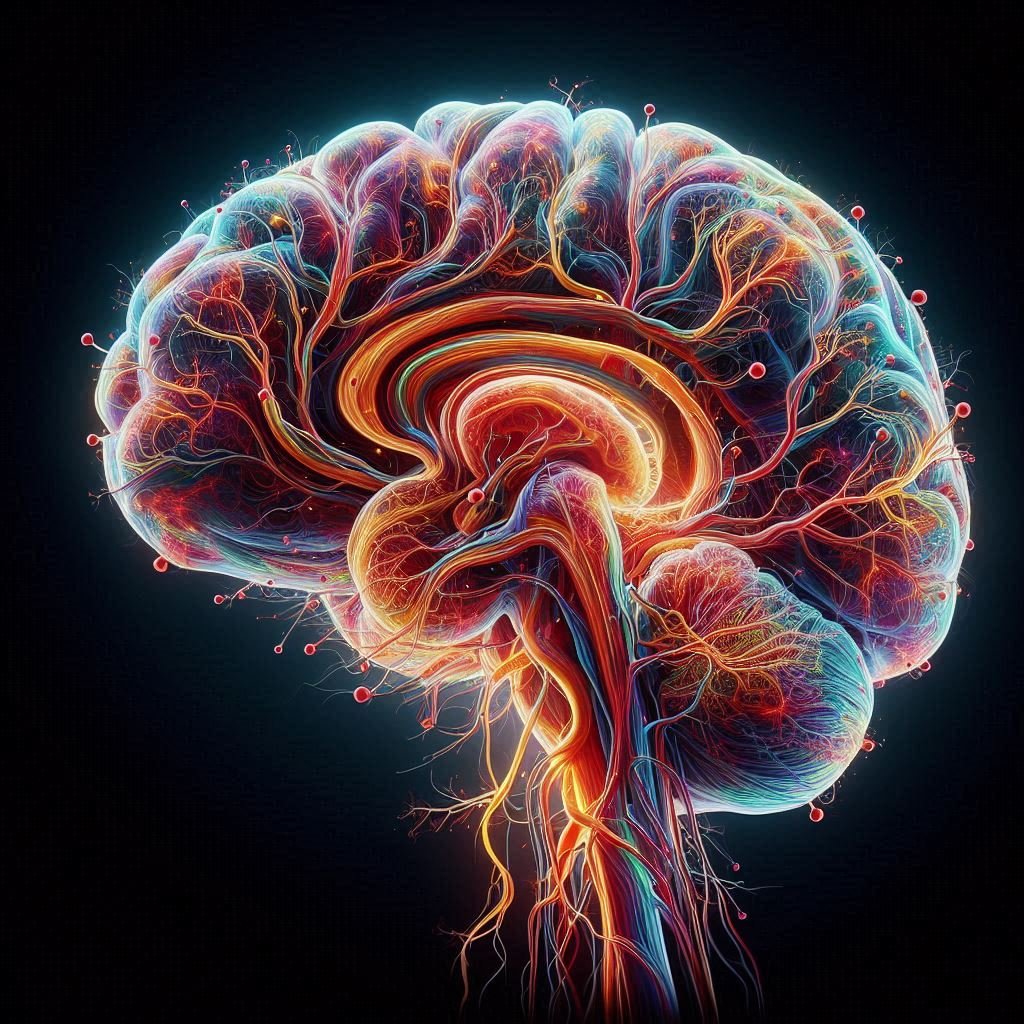
Cerebrovascular disease is any disorder that affects the disease in the blood vessels that feed oxygen-rich blood to the face and brain. Cerebrovascular disease is the third leading cause of death after heart disease and malignancy and it is estimated that an average of 500,000 new strokes will occur each year in the USA. Cerebrovascular disease is the most disabling of all neurologic diseases. Approximately 50% of survivors have a residual neurologic deficit and greater than 25% require chronic care. Cerebrovascular disease, or stroke, occurs in approximately 1.2 to 2.5 out of every 100,000 children each year. Stroke may occur at any age, but in childhood it most often occurs between the ages of 1 and 5.
People over age 65 are at increased risk for carotid artery disease. Several recent studies have shown that women have increased risk of stroke. The signs and symptoms of cerebrovascular disease depend on whether the underlying condition is carotid artery disease or bleeding into the brain (hemorrhage). Symptoms always involve neurological functions, and can include paralysis affecting only one side of the body (hemiplegia), general weakness, impaired speech and verbal comprehension (dysphagia ), partial loss of vision or hearing, unusual movements, loss of balance, and falling. Symptoms of stroke can also include coma or a lower level of consciousness, such as a stupor. Strokes can cause depression, mood and behavioral disturbances, and seizures.
Treatment options for cerebrovascular disease depend on the nature and severity of the disease. Anitplatelet medications have been proven effective in preventing embolism in patients with CAD. Aspirin has been shown to reduce the risk of stroke recurrence and to provide a better long-term outcome. Drugs may be given to you to reduce the level of blood cholesterol and the risk of blood clotting. Warfarin may reduce the risk of stroke in patients with a prior MI. Dextran Infusion decreased blood viscosity by volume expansion. Calcium channel blockers may increase CBF by smooth muscle relaxation. Eating a heart-healthy dietis a first prevention of cerebrovascular disease. Other prevention is quitting smoking and getting regular exercise.
Acute Cerebrovascular Disease Treatment and Prevention Tips:
1. Quitting smoking.
2. Getting regular exercise.
3. Eating a heart-healthy diet, low in trans and saturated fats.
4. Aspirin has been shown to reduce the risk of stroke recurrence
5. Warfarin may reduce the risk of stroke in patients with a prior MI.
6. Dextran Infusion decreased blood viscosity by volume expansion.
7. Calcium channel blockers may increase CBF by smooth muscle relaxation.




